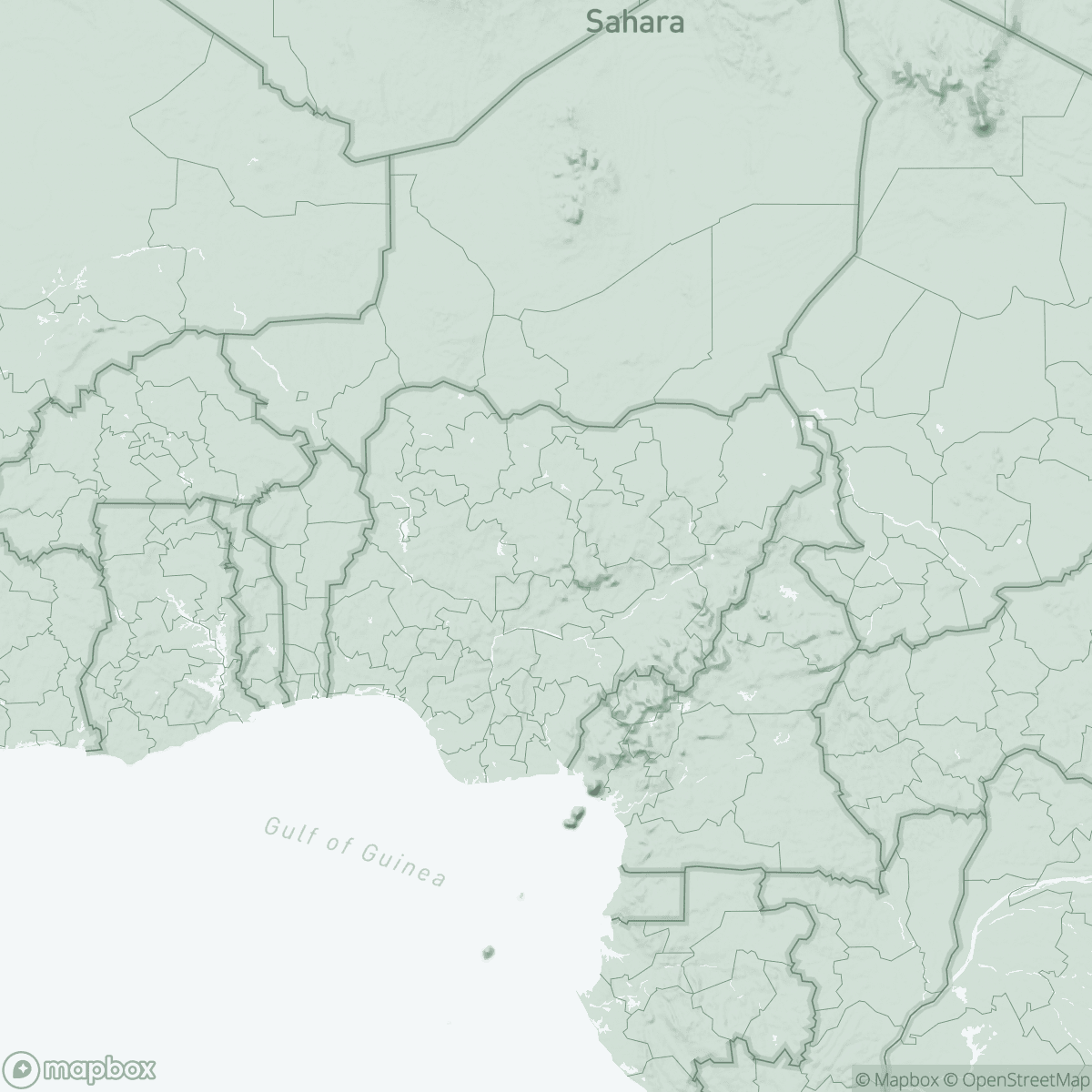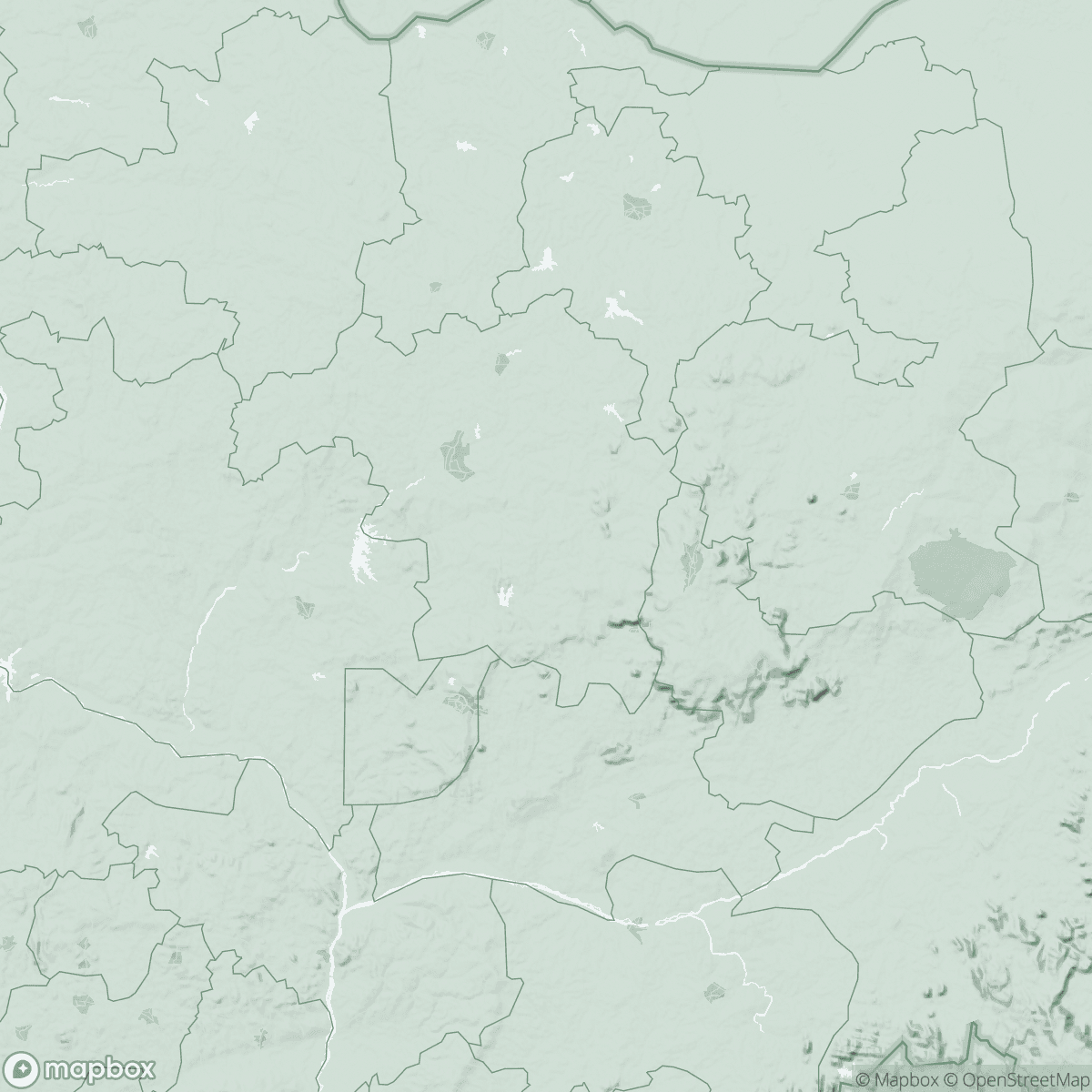
Lassa Fever Detection: Recent Findings Show Rapid Diagnostic Test Falls Short in Abakaliki, Nigeria
In 1 click, help us spread this information :
Field Evaluation of PanLassa Rapid Test coordinated by LuxOR Shows Inadequate Sensitivity and User-Friendliness for Lassa Fever in Real-World Conditions.
Since 2018, when a team from Médecins Sans Frontières (MSF) came in support of the Alex Ekwueme Federal University Teaching Hospital of Abakaliki (AE-FUTHA) in Ebonyi State, recurring outbreaks have overwhelmed local healthcare facilities, despite efforts dedicated to manage and treat patients. In 2023, the largest Lassa fever outbreak in the last six years was reported in both Ebonyi State and Nigeria, with 1.270 confirmed cases and 227 deaths throughout the country. However, in Nigeria like the rest of western African countries where the disease is endemic, the lack of adequate surveillance systems and diagnostic tests makes it hard to provide an accurate estimate of the number of cases, which remain likely underreported.
Lassa fever symtoms
Lassa fever is an infectious disease caused by the Lassa virus (LASV), part of the Arenaviridae family, which is known for causing haemorrhagic fevers. Symptoms can range from mild, such as fever, headache, sore throat, and gastrointestinal issues, to severe, including low blood pressure, swelling, respiratory distress, and potentially progressing to a haemorrhagic phase with multiorgan failure and high mortality.
Modes of transmission
The disease spreads mainly through contact with urine or faeces from the Mastomys natalensis rodent, a small, peri-domestic rat commonly found near human dwellings. It can also spread between people through direct contact with bodily fluids, including saliva, urine, blood, and vomit, and therefore posing a high risk for healthcare workers.
Diagnostic challenges
While early diagnosis of the disease could prevent the deterioration of the patient's clinical picture, as well as the human-to-human chain of infection, testing options are limited and clinical diagnosis is challenging, as Lassa fever symptoms resemble those of other common diseases like malaria and typhoid fever.
Available testing methods
Currently, the gold standard for diagnosis of LASV is molecular testing, specifically polymerase chain reaction (PCR). While PCR is highly accurate, its reliance on advanced laboratory facilities and skilled personnel limits its accessibility, especially in remote areas where Lassa fever often strikes. This highlights the critical need for rapid diagnostic tests (RDTs) that can provide timely and reliable results at the point -of- care, where Lassa fever cases are often missed, misdiagnosed, or referred too late. So far, no suitable RDT has been approved for bedside use.
One promising development in the fight against Lassa fever is the ReLASV Pan-Lassa Antigen Rapid Test. This test is designed to quickly detect the presence of the Lassa virus by identifying specific proteins (antigens) associated with the virus. It can detect three of the most common strains of the virus found in West Africa. The test uses small samples of blood, which can be obtained through a fingerprick or a small blood draw, making it relatively simple to administer. The test, however, is still in Research-Use-Only (not available in the market).
Field evaluation of the ReLASV Pan-Lassa RDT
Previous evaluations of the test have shown high sensitivity and specificity (correctly identifying those with the virus and correctly identifying those without the virus). However, previous studies did not evaluate the reliability of this test when performed at point-of-care or at bedside and the analysis were performed on stored blood samples. In a bid to address performance at point-of-care, under the coordination of LuxOR (MSF Luxembourg Operational Research Unit), a team of researchers from MSF, AE-FUTHA, the Nigerian Centre for Disease Control and Prevention and the University of Amsterdam, embarked on a field validation study of the ReLASV Pan-Lassa RDT in the Abakaliki project. This was the first independent evaluation of the RDT. Against the backdrop of recurrent Lassa fever outbreaks, the research team set out to assess the RDT's performance in a real-world context, where the test is intended to be used. Researchers collected data from patients admitted to the AE-FUTHA Hospital between February 2022 and April 2023. Each patient underwent both the PCR and the RDT testing. The PCR test, known for its high sensitivity and specificity, served as the benchmark against which the RDT's performance was measured.
Unveiling the Findings
The RDT demonstrated commendable specificity, exceeding 95%, indicating its ability to accurately identify individuals free from Lassa virus infection. However, the study unearthed a notable concern regarding the RDT's sensitivity, particularly when administered at the bedside using capillary blood samples. In these scenarios, the test's ability to detect true positive cases fell significantly below the targeted threshold of 90%, ranging from a mere 4% to 10%. Such suboptimal accuracy at point-of-care makes it impossible to scale up the implementation of the test and expand Lassa fever diagnostic capacity.

Beyond the evaluation of diagnostic accuracy, the study delved into the operational realities of implementing the RDT in a clinical setting, integrating end users’ perspective in the evaluation criteria. This included considerations of how healthcare workers perform the test, the ease of use, and any barriers that might impede its routine deployment.
The findings highlighted significant challenges. One major issue was the need for healthcare workers to wear full personal protective equipment (PPE) when handling suspected Lassa fever cases, which can make fine motor tasks, like manipulating test components, more difficult. Additionally, the time constraints inherent in busy healthcare settings added to the difficulty. The test requires careful handling and precise timing for accurate results, which can be hard to achieve in an environment where healthcare workers are often overwhelmed with numerous urgent tasks.
Study conclusions
With its sub-optimal accuracy, the ReLASV Pan-Lassa RDT at its current state cannot be recommended as a diagnostic tool for suspected Lassa fever cases. The study underscores the need for further research and development to address these shortcomings, advocating for improved diagnostic tools that can reliably detect Lassa virus infections with high sensitivity and specificity, while also being user-friendly and operationally feasible in resource-limited settings.

